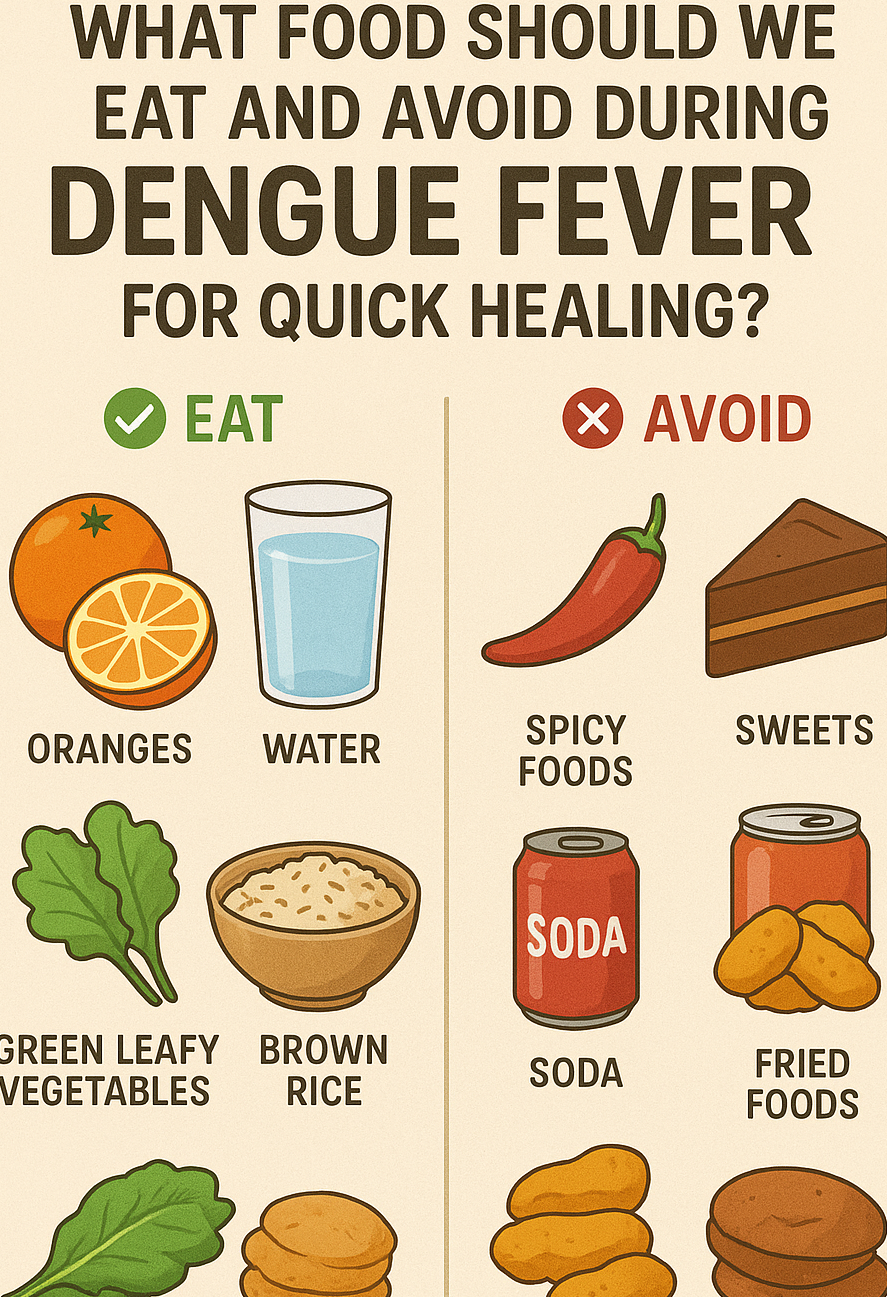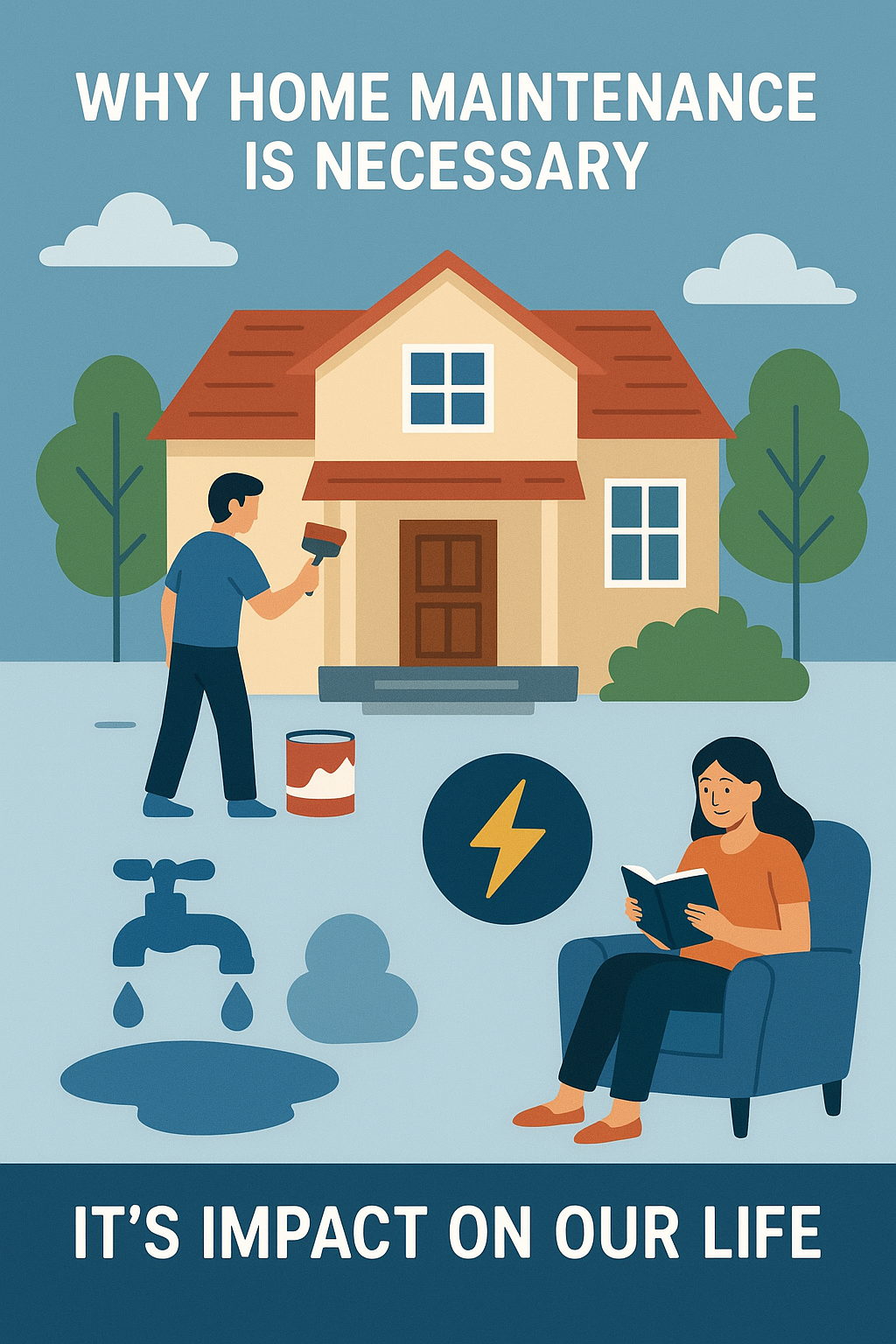
- By Aima Abid 05-Dec-2022
- 1362
Telehealth is the use of technology to provide health care remotely. The US government has been investing in telemedicine and promoting the use of telehealth as a way to improve access to healthcare, reduce costs and mitigate some of the challenges faced by rural communities.
Telehealth is the use of technology to provide health care remotely. The US government has been investing in telemedicine and promoting the use of telehealth as a way to improve access to healthcare, reduce costs and mitigate some of the challenges faced by rural communities.
Some telemedicine providers offer free consultations, while others charge a small fee. A consultation may include an assessment of your medical history and current symptoms, a review of your medical records, or an examination using tools such as video conferencing or remote monitoring devices.
In Medicare, there are two types of services for which you may be eligible for coverage:
1) Telehealth consultations
2) Telehealth services that are provided on an ongoing basis
Telehealth is a way for patients to connect with their healthcare providers remotely. This could be done by phone, video, or other digital means.
Telehealth is a great option for those who are looking to save time and money on their medical care. It can be used as an alternative to in-person visits and it can help the patient feel more at ease when they are unable to leave their home.
The process of getting telehealth coverage can vary depending on the insurance provider and the state that you live in.
Telehealth is a type of healthcare that uses technology to provide medical care remotely. Telehealth is well suited for patients who live in rural areas and those with limited access to healthcare providers.
The telehealth industry has grown tremendously in recent years. The number of telehealth visits has increased from 3 million in 2005 to over 18 million in 2016.
It is projected that by 2020, the number of annual telehealth visits will reach 30 million, which is about 10% of all primary care physician office visits.
This rapid growth is because telehealth provides many benefits, such as convenience for patients and cost savings for payers.
It also helps decrease wait times and improve access to care for rural residents and people with disabilities who have difficulty traveling long distances or getting around due to their condition.
Telehealth can also help reduce the need for hospital stays by providing more timely treatment options, which can decrease costs associated with hospital stays.
Telehealth is the use of technology for the supervision, support, and treatment of patients in their homes. It facilitates care for people who might otherwise have to stay at home because they are unable to travel. This section discusses how telehealth can help with managing healthcare needs.
Many different companies provide telehealth services and some providers like Kaiser Permanente offer in-person visits alongside its virtual care options. There are many benefits to using telehealth such as saving time, staying active, and being able to monitor your health remotely. However, there are also some concerns related to confidentiality and privacy issues.
The availability of telehealth varies from state to state with some states not covering it at all while other states cover it fully or partially depending on age and type of illness or condition being treated.
Telehealth is a type of healthcare delivery that makes it possible to use technology to assess, diagnose and treat patients and patients at a distance.
So far telemedicine has been used by many medical professionals as a virtual way to see patients. It commonly focuses on care for people who live in rural or remote areas where there are no immediate providers, those with chronic diseases, or those who are elderly or disabled.
It’s not covered by Medicare yet but certain private insurance companies like United Healthcare offer it for an extra cost. Telehealth apps are available for a lower price that can help you find the nearest providers in your area and schedule an appointment for you so that you don't need to do all the legwork yourself.
Telehealth is the practice of using telecommunications (high-speed Internet, video conference) and information technologies (mobile devices, tablet computers) to conduct healthcare without the use of in-person contact.
The most basic benefits and considerations of telehealth include time and cost savings; improved care coordination; enhanced caregiver/patient relationships; more convenient access to care; better access to specialty providers; more efficient communication and education among providers, caregivers, patients, and others.
In today’s age, it should come as no surprise that telehealth has become one of the most popular means for conducting medical consultations. With telehealth becoming so accessible through apps like I Triage or Teladoc you can be connected with a specialist from the comfort of your own home.
Health care is evolving. While traditional “in-person” visits are still the most common form of health care, telehealth is a new form of health care that is growing in popularity.
Telehealth, short for telehealthcare, includes any type of remote clinical or medical services delivered to patients through telecommunications. It allows patients to receive in-person medical care from a provider at a distance through telecommunications devices and methods.
There are many types of insurance coverage for telemedicine providers in the United States. Medicare does not cover telehealth services on its own; instead, it works with private insurance companies which cover it by adding it to their traditional policies or as an optional rider. For Medicare recipients who do not have private insurance or Medicare Advantage plans that offer coverage for telemedicine services, they can purchase an individual policy from a company like Magellan Health Services or Lumenos Insurance Services.
Telehealth is a new way of delivering healthcare and healthcare-related services. With this technology, you can have your medical care delivered to you at home or in the office. You can feel better and not have to go through the inconvenience of commuting.
Telehealth is rapidly changing how we diagnose illness, monitor chronic conditions, deliver prescriptions, and much more. It has been around for decades but it has changed its scope in recent years as it is now used by many people with diabetes who want a more hands-on approach to their treatment.
Telehealth is the delivery of health care services that can be provided at a distance to a patient. Tele breaking provides more convenience to patients and doctors because they can meet in any location.









